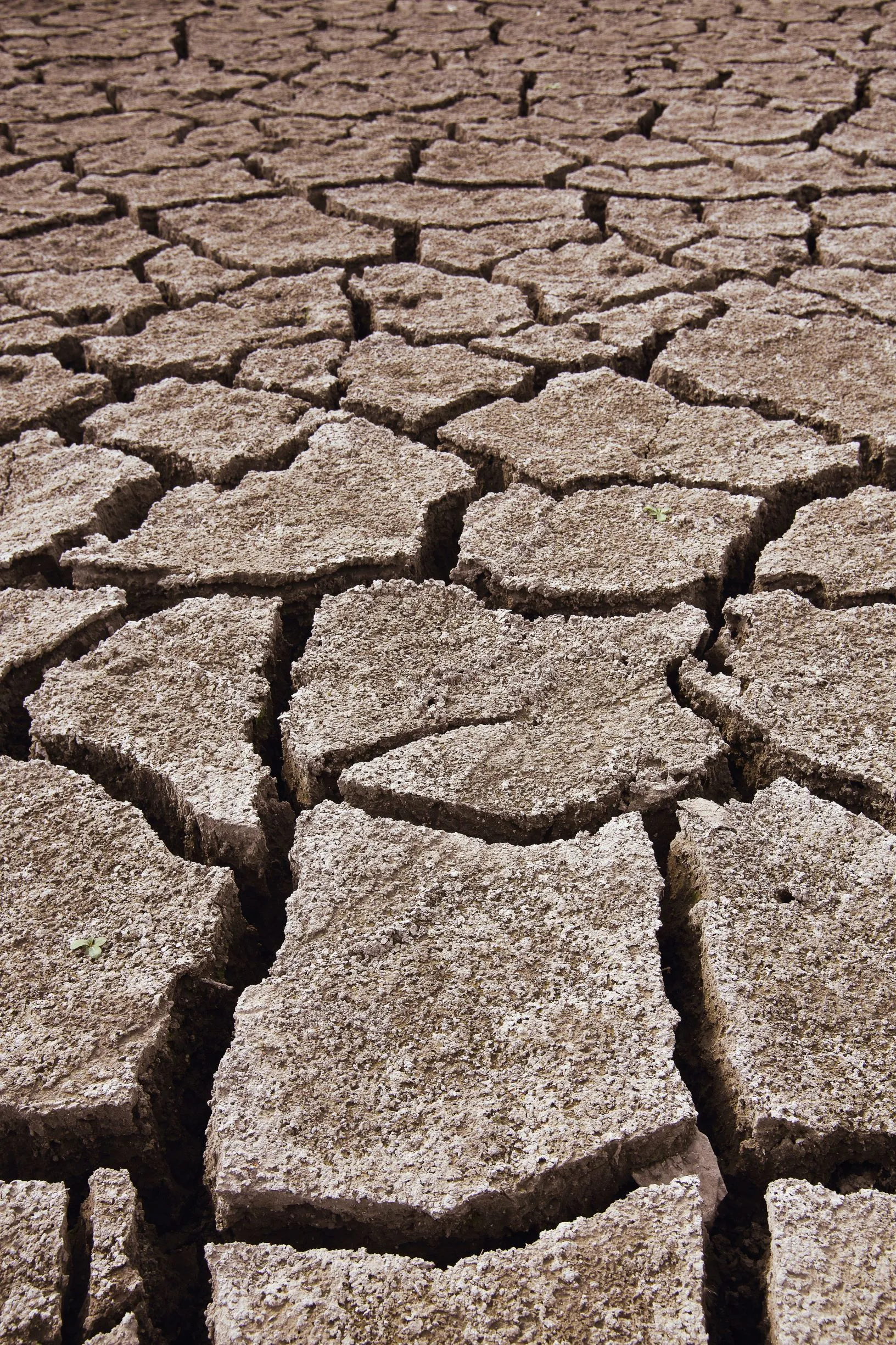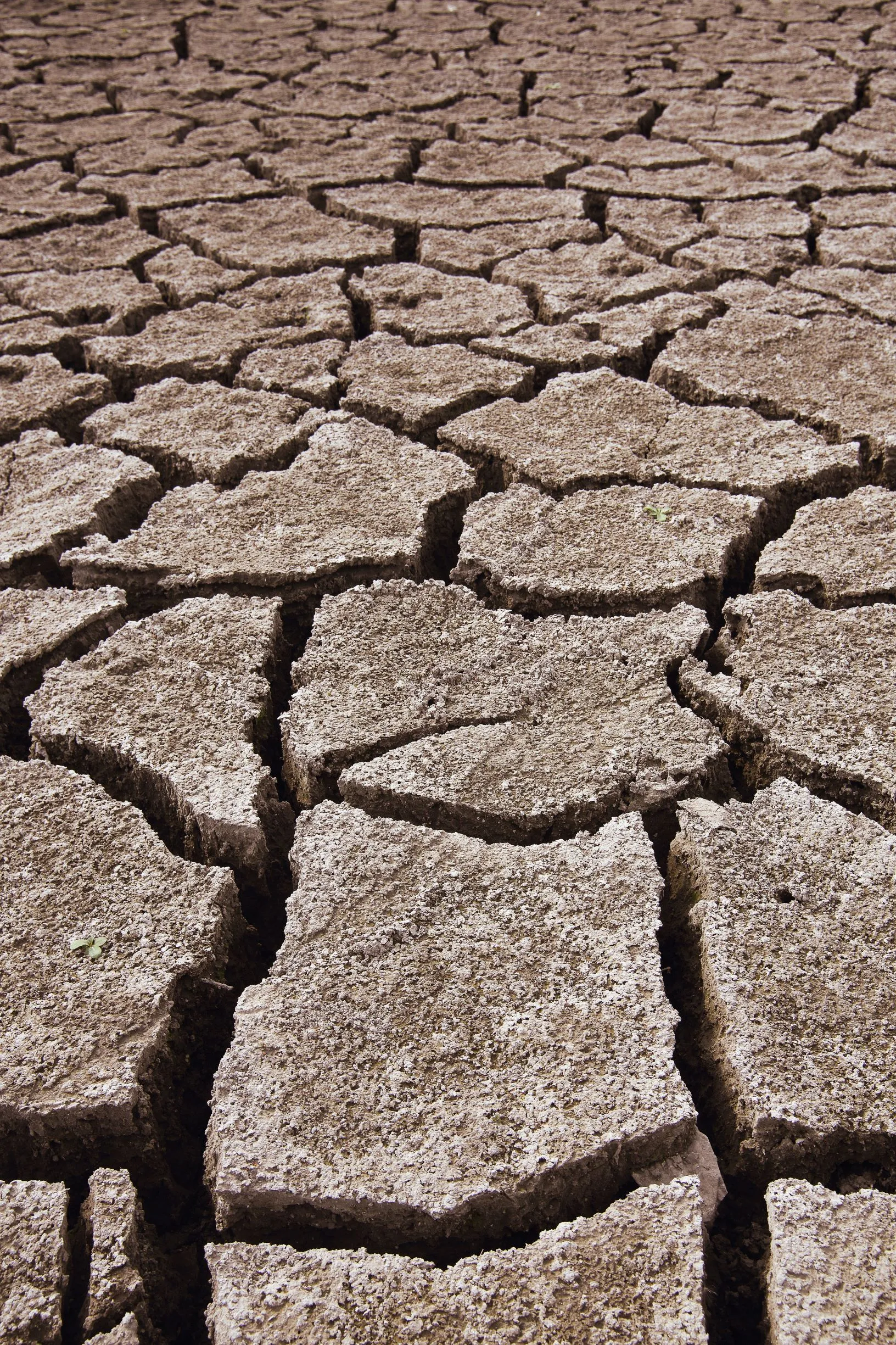With shallow foundations, foundation settlement is inevitable unless the foundation is built on fresh rock. Even pile foundations built on rock may present some settlement.
In this article, we will focus more on laying shallow foundations such as footings, combination foundations, strip foundations, slab foundations, etc.
What is a founding agreement?
When a load is applied to the foundation, it moves vertically downward depending on the stiffness of the soil. Soil parameters, foundation dimensions and applied load are the main factors that determine the settlement of a foundation.
There may be lateral movement of the foundations due to the application of lateral loads. Furthermore, depending on the nature of the terrain, the soil may move laterally.
Types of foundation settlements
The founding agreement can be discussed mainly from three aspects.
- Uniform billing
- Differential settlements
- Types of Consolidation Processing
The configuration of foundations can also be categorized differently. However, the above methods seem to be more effective when discussing the process of laying foundations.
Uniform regulation of the foundation's activities
- As the name suggests, the laying of the foundation is uniform and there are no deviations.
- The planner also expects that the structure will be defined uniformly and that there will be no different settlements.
- To avoid excessive settlement of the foundation, uniform soil conditions and sufficiently good soil are required for foundation construction.
- There are limit amounts for settlement. They are in the 25mm range. Depending on the nature of the terrain, these can also increase to around 125 mm.
- When foundation bearing capacity is evaluated using settlement criteria, foundation settlement is specified. The foundation settlement is then maintained within the range of values considered in the project.
- You can refer to the item for Elastic or Instant Laying of Shallow Foundations with a worked example.


Image source: Internet
Differential settlement
- The differential configuration is a Foundation type, Settlement donation causing part of the foundation.
- If some foundations settle more than other foundations, this is called differential settlement.
- Different foundation settlements are caused by different soil conditions and many other reasons. For more information, see the article Foundations with different settlements for more information.
- Different configuration is an extremely critical aspect in planning and construction.
- This must be determined before planning. Proper ground investigation and correct interpretation of geotechnical information collected from the ground will reveal whether there is a possibility of such foundation subsidence.
Consolidation processing
- Foundation consolidation is extremely critical and problematic.
- Occurs in clayey soils.
- Consolidation settlement occurs because the irrigation water pressure of clay soil decreases over time. When the foundation is loaded, the pore water pressure in the clay soil increases. Since the excess pressure of the irrigation water only decreases after a while, the foundation settles over time.
- There are two types of consolidation statements. They are the primary consolidation statement and the secondary consolidation statement.


- Primary consolidation settlement occurs with the release of irrigation water pressure. As pore water pressure decreases, the soil assembly is restructured, resulting in secondary consolidation settlements.
- You can read the Consolidation Processing article for more information about this founding agreement.
Cause of foundation settlement
- Increase in load
Increasing the column load increases the pressure under the foundation. This leads to greater settlement of the foundation.
- Incorrect assessment of soil bearing capacity
Incorrect interpretation of geotechnical data obtained from the investigation may result in incorrect bearing capacity. Additionally, assumptions made without a geotechnical investigation can also cause problems.
- Low soil bearing capacity
In general, the lower the load capacity, the greater the settlement of the foundations. Furthermore, soils with low bearing capacity can lead to fluctuations in bearing capacity.
- Bad compression issues
If the soil is filled during construction work, for example for foundation improvements, insufficient soil compaction can lead to the foundation settling.
- Swellable soils
In clayey soils with expansion properties, settlement of the foundation may occur. Expansive soils expand as their moisture content increases and shrink as their moisture content decreases. This leads to the settlement of the foundation.


- Roots and vegetation
Roots and vegetation cause problems when building foundations. For large trees, the tree's roots can elevate the base. The construction of the soil base where the vegetation roots are located deteriorates over time. Subsidence can occur as a result of this foundation.
- soil consolidation
This has already been discussed and how this agreement happens. Before planning, it is necessary to determine the condition of the soil and take the necessary measures during planning and construction. The article Soil types For more information, you can refer to the following.
Related articles for foundations
- Foundation failure
- support
- Eccentrically loaded foundations
- Shallow foundation failure
- How to determine the type of foundation
- Excavation for foundation
- Foundation waterproofing
- Laying shallow foundations
- Slab foundations
- Differential settlement of foundations
- What is the basis

